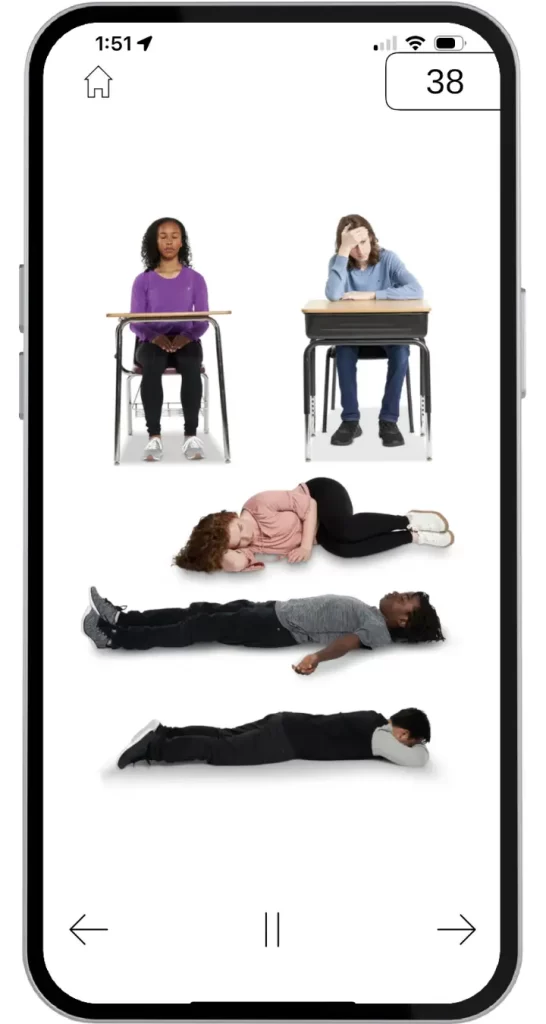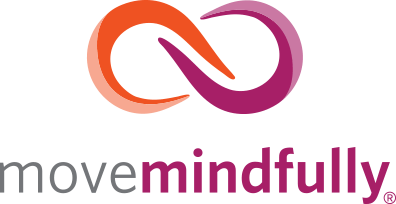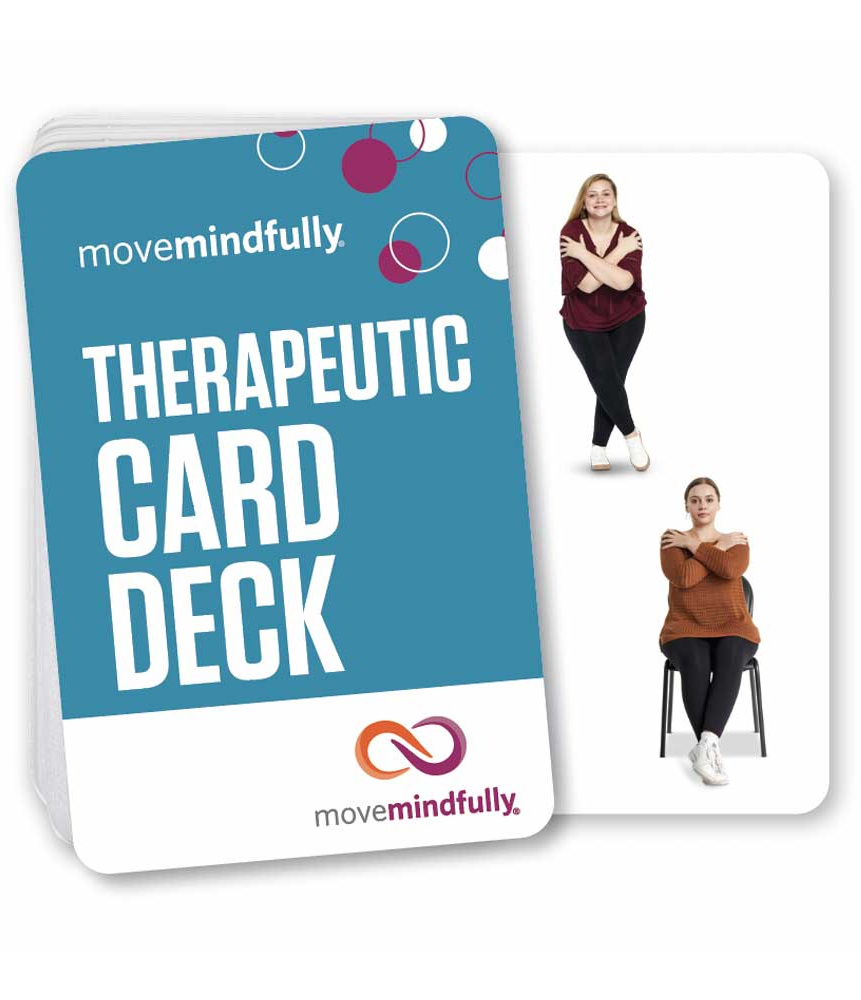A number of years ago, we shifted the way we approached the impact of trauma. Like many of you, we had attended and participated in professional development sessions about trauma — the causes of trauma, the impact of trauma, and the science behind what is happening in our brains and bodies as a result of traumatic experiences.
We realized that in many environments we work in, including educational and crisis mental health settings, we were learning how to respond to the dysregulation that can occur as a result of trauma. This led to a much more apt description of our approach — which is trauma-responsive.
Trauma-responsive means the mind-body strategies we share have intentional elements to promote feelings of safety — like not being expected to close your eyes or try any practice that you aren’t sure about, always offering choices, and inviting feedback about whether a practice is helpful or not.

I was asked this summer by an educator, “What if the individuals you are working with haven’t experienced trauma? Or if you don’t know if they have or not?” This helped me articulate an important foundation of this work. Trauma is often described as, “no power, no voice, no choice,” which is important for everyone regardless of their history. So trauma-responsive practices are for everyone — giving power, voice, and choice for healing and well-being.
Each one of us will experience stress, distress, and overwhelm during our lives. Learning simple, trauma-responsive mind-body practices can also provide a toolkit of portable coping skills we can use to help ourselves navigate stress, distress, and trauma when we need extra support.
Learn more about Trauma-Responsive Mind-Body Practices at our March 13 workshop. Register today!

